Understand my skin
What is the best sunscreen for face & body according to your skin type?
Everything you need to know about sunscreen and how to choose the ideal sunscreen for the face and body, depending on your skin type.
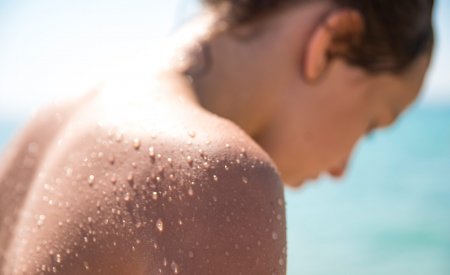
Understand my skin
Everything you need to know about sunscreen and how to choose the ideal sunscreen for the face and body, depending on your skin type.
There’s nothing quite like a warm ray of sunshine on your face. Sun exposure has many health benefits: increased vitamin D synthesis; a boost for the immune system; the creation of melatonin, the feel-good hormone.
However, these benefits make it easy to forget the potential negative effects of the sun on the skin, due to UVB (B for burning) and UVA (A for ageing) rays. This is where BIODERMA comes in.
For over 40 years, Photoderm has protected all skin types with its double protective formula, combining external protection (filters) against UVA/UVB rays with our Cellular Bioprotection™ patent to reinforce skin’s natural internal defences facing the sun.
While we consider all ecosystems with which a suncare product will come into contact, the first ecosystem is that of our skin. Our first criteria when developing our sun care range is to ensure its safety and effectiveness on all types of skin, particularly sensitive skin.
SPF stands for Sun Protection Factor and indicates the level of protection against UVB rays that cause burns. The higher the SPF, the greater the photoprotective action.
However, even the highest SPF does not protect your skin 100%.
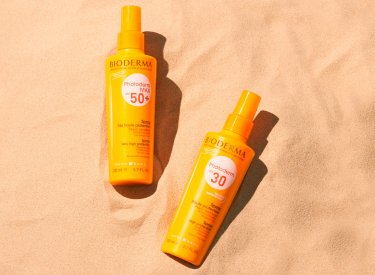
The ideal SPF for you depends on many factors: age, natural skin tone, tendency to burn, etc.

Sun protections usually contain multiple filters, to provide maximum protection. Each filter has a specific purpose, to block either short or long UVA rays, UVB rays, or both.
There are two types of filters to block these UV rays: chemical filters or mineral sunscreens.
1. Chemical filters are chemical molecules that absorb UV rays, to prevent the skin from absorbing them itself. They provide very effective protection against UV rays.
There are about thirty chemical filters on the market, but at BIODERMA we have decided to choose only around ten of them that are both skin-friendly and environmentally friendly.
2. Mineral filters sit on the surface of the skin to reflect the sun’s rays away like a mirror. Due to this, they are also known as a physical sunscreen.
Mineral filters have a powdery texture and have been found in our studies to help decrease sebum, making them ideal in sunscreen for oily or acne-prone skin, as well as allergy-friendly, as they are better tolerated by very sensitive or allergy-prone skin than other filters.
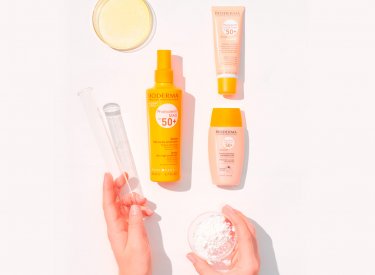
On the face, sunscreen must be applied as the last step in your skincare routine. It should be reapplied every two hours, making sure to apply enough to cover your skin and guarantee the product’s effectiveness.
After applying sunscreen, you can then apply your usual makeup. Many Photoderm sunscreens for face products are excellent make-up bases!
Body sunscreen should be applied 20 minutes before sun exposure, and always reapply after swimming, sweating, or every 2 hours.
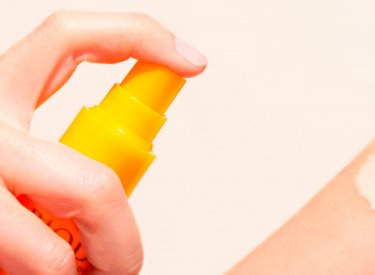
Your skin has powerful natural defences against external aggressors like the sun, notably the production of melanin, which is itself a filter against UVB rays. Unfortunately, these can sometimes prove insufficient on their own.
Most sunscreens are developed solely for external protection. BIODERMA goes beyond the ordinary sun care promise, to go beyond filters and reinforce these natural protective mechanisms in the skin.
All our sunscreens are formulated with our Cellular BioprotectionTM patent, the 1st patent with proven action on the skin’s natural defences against the sun. This unique biological protection wakes up the skin cells to boost their own self-defence mechanisms facing the sun and allow them to better resist sun damage.
In clinical trials conducted on sensitive skin, determining Photoderm’s effectiveness was our priority. These tests were carried out under dermatological supervision, to ensure the safety of the sunscreen for sensitive skin, and pediatric supervision, to ensure the safety of the sunscreen for children. We called upon independent laboratories, for objective results that truly prove the efficacy of our sunscreen for the body and face.
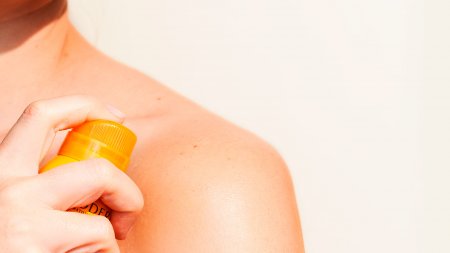
Find the texture adapted to your needs!
Find the corresponding dermatologist recommended sunscreen for your skin type:
At BIODERMA, we are committed to creating dermatologist-grade sunscreen that respects all ecosystems with which it comes into contact: skin, but also oceans, rivers and lakes.
Ingredients like silicones and certain filters, such as octinoxate and oxybenzone can be harmful to marine life, especially corals. But it’s not only corals that are affected by not using eco-friendly sunscreen - other major aquatic populations such as freshwater plankton, Posidonia, and algae, in general, are all subject to the harmful effects of toxic sunscreens. At BIODERMA we do not use these ingredients and we test both our ingredients and final formulas to make sure they are not toxic for aquatic ecosystems.
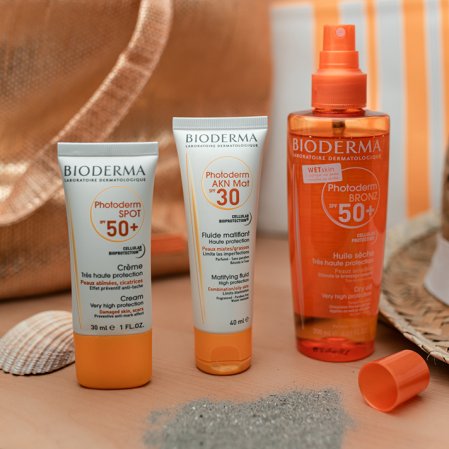
Sun protection

Are you looking for the safest sun product for children, the highest SPF, or the best sun cream for your skin?
Bioderma’s solution: Photoderm, a full range of sun products for all types of skin and sensitivity to the sun. Prevention of skin reactions including allergies to the sun or chemical filters, sun protection for sensitive skin, sunscreen for kids, specific sun protection for oily to acne-prone skin, dry skin or hyperpigmented skin...